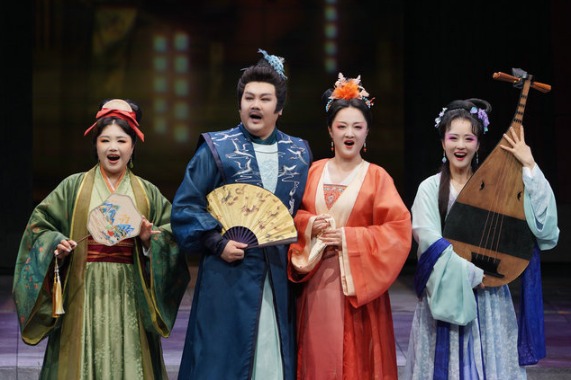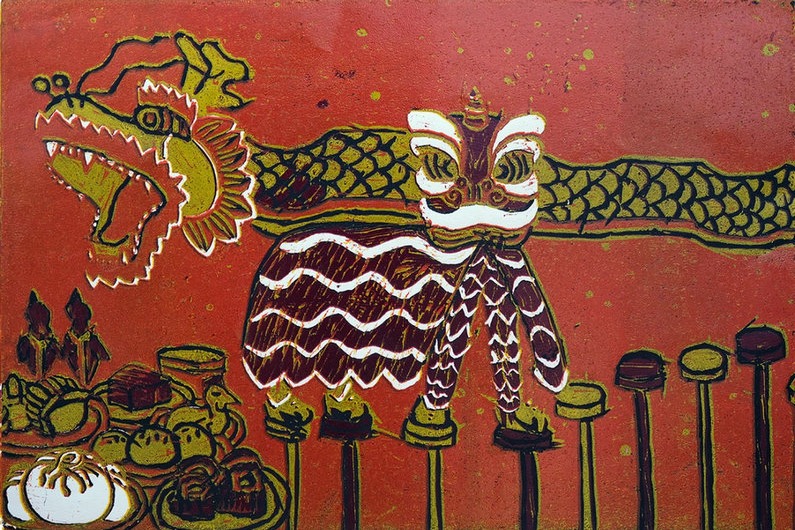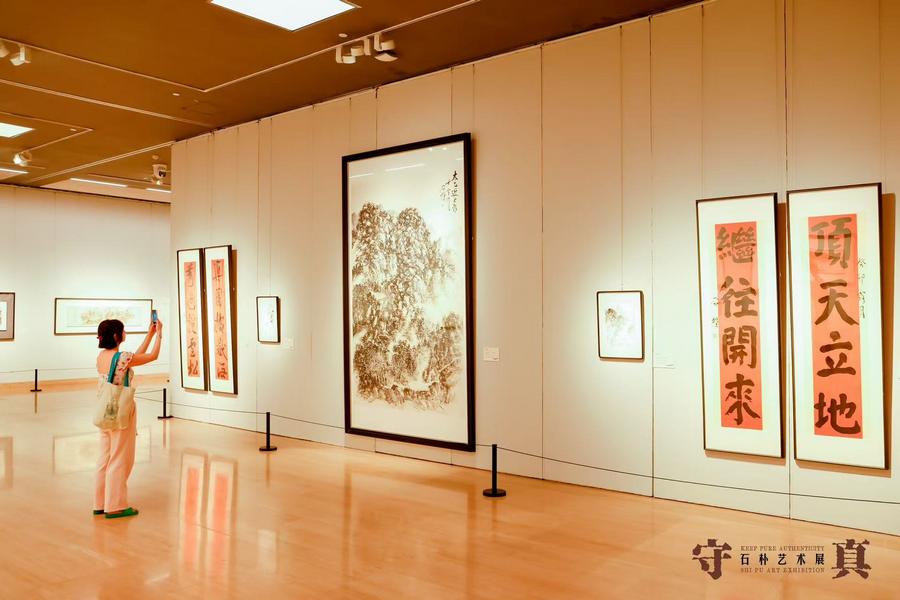Saving a tradition of creativity

A far-reaching influence
In 2016, archaeologists excavated a site in Changsha which, throughout history, locals had called Fanjiaping. Remarks on a bowl salvaged from the Batu Hitam shipwreck also include the word Fanjia, probably indicating its production workshop.
The field research did not disappoint archaeologists. There were not only Tang Dynasty Changsha wares unearthed, but also some celadons from an even earlier period.
"They're key witnesses to the Maritime Silk Road and Sino-foreign exchanges of material cultures," Zhang Haijun says.
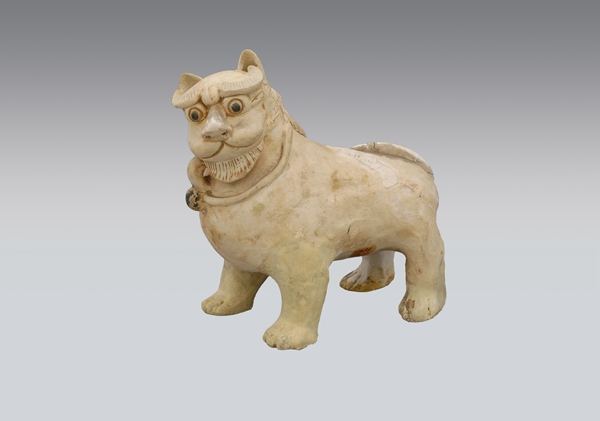
Batu Hitam was part of a trade network focusing on Chinese ceramics.
Archaeological findings show that Changsha wares were exported to about 30 countries, ranging from East and Southeast Asian neighbors to North Africa, according to Wang.
"You can see how artisans and workshop owners in Changsha participated in a wave of globalization," Wang says. "They actively explored overseas markets and had a broad horizon."
Consequently, to meet overseas demand, shapes of Changsha wares were also greatly influenced by exotic elements from beyond China.
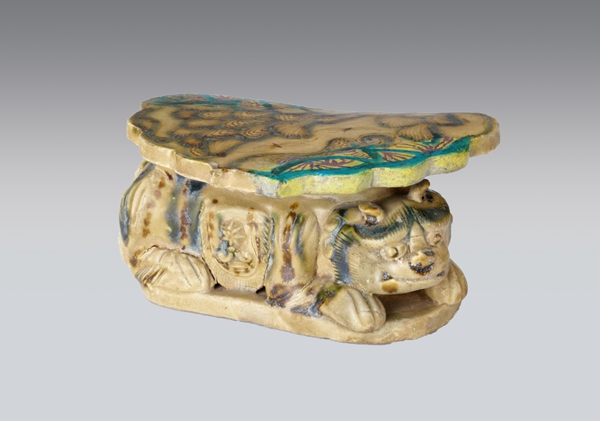
For example, lion-shaped artifacts were found, as were a large number of examples featuring decorative patterns in typical South Asian, Persian and Arabic styles.
"These porcelain wares remind us of the importance of mutual exchange among civilizations in a modern context," Wang says.
So many remnants of these ancient odysseys may still lie deep under water. Though Changsha wares unveil a dynamic and booming epoch, full of entrepreneurship and pioneering spirit, for Yang, who has the privilege of viewing them daily, they bring inner peace.
"Everything in modern society seems to pursue a fast-paced lifestyle," he says.
"This work calms me down and enables me to savor artistic tastes throughout history. Seeing the artifacts, we can also understand the public aesthetics of their time. They tell what was viewed as traditional Chinese beauty."
Who knows? Changsha wares may be transient in a given timespan, but its legacy will be beneficial for many generations to come.
Zhu Youfang contributed to this story.
Video by Chen Zhangwei and Mo Jinhua



















